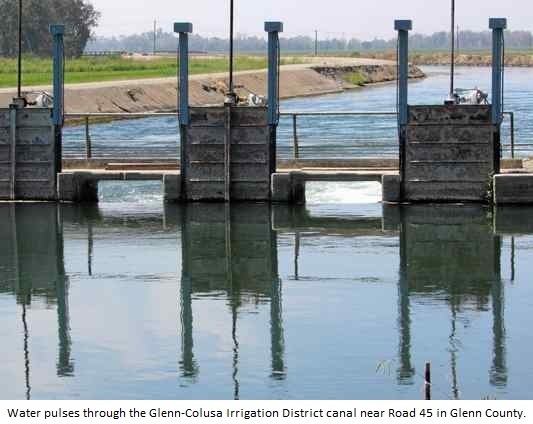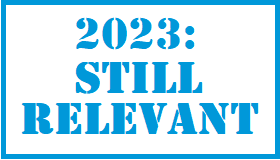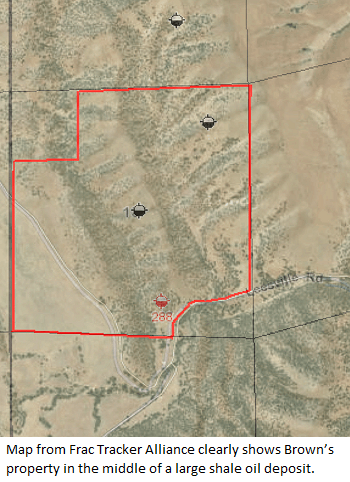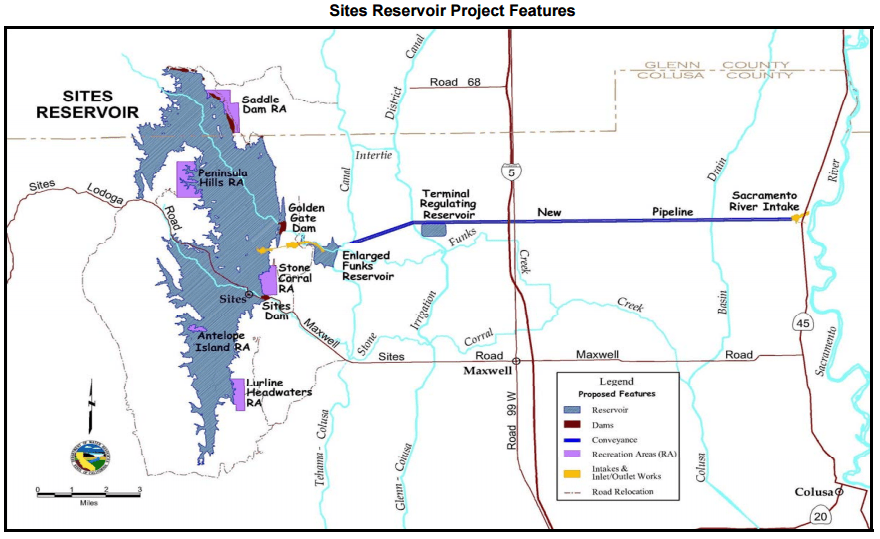by Dan Bacher, Daily Kos.com
3.10.16: Westlands Water District, considered to be the “Darth Vader” of California water politics by leaders of fishing groups, Indian Tribes and environmental organizations, is in boiling hot water with the federal Securities and Exchange Commission (SEC).
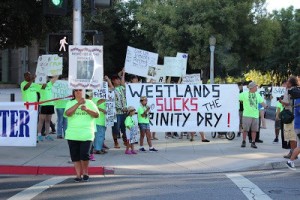
Hoopa Valley Tribe members protest Westlands Water District’s salmon-killing policies in Fresno, August 2013.
The SEC yesterday charged California’s largest agricultural water district, situated on drainage-impaired land on the west side of the San Joaquin Valley, with “misleading investors about its financial condition as it issued a $77 million bond offering,” according to a statement from the Commission.
The water district has been one of the biggest promoters of the Governor Jerry Brown’s California Water Fix to build the Delta Tunnels until recently when they told FOX News in Los Angeles that they can no longer afford to pay for the project, a government boondoggle that could cost up to $67 billion.
“Birmingham jokingly referred to these transactions as ‘a little Enron accounting’ when describing them to the board of directors, which is comprised of Westlands customers,” the SEC reported.
According to the SEC’s order instituting a settled administrative proceeding:
Westlands agreed in prior bond offerings to maintain a 1.25 debt service coverage ratio, which is a measure of an issuer’s ability to make future bond payments.
Westlands learned in 2010 that drought conditions and reduced water supply would prevent the water district from generating enough revenue to maintain a 1.25 ratio.
In order to meet the 1.25 ratio without raising rates on water customers, Westlands used extraordinary accounting transactions that reclassified funds from reserve accounts to record additional revenue.
When Westlands issued the $77 million bond offering in 2012, it represented to investors that it met or exceeded the 1.25 ratio for each of the prior five years.
Not only did Westlands fail to disclose that wouldn’t have been possible without the extraordinary 2010 accounting transactions, but also omitted separate accounting adjustments made in 2012 that would have negatively affected the ratio had they been done in 2010.
Had the 2010 reclassifications and the effect of the 2012 adjustments been disclosed, Westlands’ coverage ratio for 2010 would have been only 0.11 instead of the 1.25 reported to investors.
Birmingham and Ciapponi improperly certified the accuracy of the bond offering documents.
The SEC said Westlands agreed to pay $125,000 to settle the charges, making it only the second municipal issuer to pay a financial penalty in an SEC enforcement action.
Birmingham agreed to pay a penalty of $50,000 and Ciapponi agreed to pay a penalty of $20,000 to settle the charges against them.
“The undisclosed accounting transactions, which a manager referred to as ‘a little Enron accounting,’ benefited customers but left investors in the dark about Westlands Water District’s true financial condition,” said Andrew J. Ceresney, Director of the SEC Enforcement Division. “Issuers must be truthful with investors and we will seek to deter such misconduct through sanctions, including penalties against municipal issuers in appropriate circumstances.”
The SEC’s order finds that Westlands, Birmingham and Ciapponi violated Section 17(a)(2) of the Securities Act of 1933 and must cease and desist from future violations.
You can read the SEC decision here: http://www.sec.gov/litigation/admin/2016/33-10053.pdf
In response to the SEC action, Barbara Barrigan-Parrilla, Executive Director of Restore the Delta, said, “Westlands Water District has been fined for doing Enron-style accounting on the sale of water bonds in 2012. Portions of those bonds were used to finance planning of the Delta tunnels project.”
“Westlands leadership, however, recently told Fox News in Los Angeles that they can no longer afford to pay for the Delta tunnels project. Clearly, they are no longer in a position to sell bonds for paper water — because the Delta tunnels will not provide any new water to water exporters,” she said.
She said the vote on Tuesday, March 8 by to Metropolitan Water District (MWD) of Southern California to purchase Delta islands in order to have a staging site for construction of the Delta Tunnels “indicates that water exporters are so desperate to push the project through that they will continue to push it forward even without a viable funding plan.”
“The question now is if Southern California and Santa Clara Valley ratepayers are willing to pay not only their share for dry tunnels, but for Westlands growers as well,” Barrigan-Parrilla concluded.
Tom Stokely of the California Water Impact Network noted that the SEC action “reminded me of a transcript from a Westlands board meeting where Birmingham, in response to a question, said the district would declare bankruptcy and default on bonds for BDCP, the predecessor to the California Fix, if necessary, and the landowners would not be held financially responsible.”
The transcript from the Westlands Water District Board meeting of January 15, 2014, states:
Q: If the District goes broke, will the bondholders not come back [and go after the Westlands landowners?].
A: The security on the bonds is the [Westlands] district’s revenue, not the landowner’s land. In a worst case, we file for bankruptcy. That’s what the District could do. The landowners’ land is not security.”
You can read the transcript of the meeting here: https://www.c-win.org/webfm_send/434
Stokely said that it is clear from the SEC action, as well as from the Westlands board meeting transcript, that “anybody who would buy bonds through Westlands for the Delta Tunnels or anything else is taking a huge risk.”
“Why would the Metropolitan Water District and Santa Clara Valley Water District want to partner with an entity like Westlands that can’t be relied upon to tell the truth or pay off their debt?” asked Stokely. “The federal government has appoved a court settlement that would forgive Westlands $375 million in interest-free debt they owe the federal government for their share in the construction of the Central Valley Project facilities that deliver their water. It’s clear that urban ratepayers of California would have to pick up Westlands’ tab for the Delta Tunnels.”
Westlands has sued the federal government over the past several summers in unsuccessful attempts to stop supplemental releases from Trinity Reservoir to prevent a massive fish kill on the lower Klamath River, prompting protests by members of the Hoopa Valley, Yurok, Karuk, Winnemen Wintu and other Tribes in 2013 and 2014 against Westlands’ litigation.
“Central Valley water users have made untold billions of dollars at the expense of Trinity River salmon and communities,” said Danielle Vigil-Masten, then the Chairwowman of the Hoopa Valley Tribe, before a protest organized by the Tribe in Fresno in August 2013. “The greed and aggression represented by this lawsuit and the hypocrisy of the plaintiff’s exploitation of environmental protection laws both stuns and saddens us.” (http://www.dailykos.com/story/2013/8/20/1232633/-Hoopa-Valley-Tribal-Members-Protest-Westlands-Lawsuit.)
A call to the Westlands Public Affairs Office regarding a comment on the SEC decision has not yet been returned.
According to the New York Times, “Responding on Thursday to the settlement, Fitch Ratings placed a negative ratings watch on $193.6 million in Westlands debt, indicating a higher chance that those AA bonds would be downgraded. It also placed a negative watch on $29.8 million in bonds issued by the San Luis and Delta-Mendota Water Authority, a collection of California water districts whose leading member and partial financier is Westlands.” (http://www.dailykos.com/stories/2016/3/10/1499271/-Federal-SEC-Charges-Westlands-Water-District-for-Enron-Accounting )
 The Resnicks are known for their billion-dollar-feel-good empire, including brands like Teleflora, Fiji Water, and Wonderful Pistachios (famously known for its “Get Crackin’” ad campaign). But most folks aren’t aware of how this Beverly Hills power couple is shaping California water rules to maintain and expand their empire.
The Resnicks are known for their billion-dollar-feel-good empire, including brands like Teleflora, Fiji Water, and Wonderful Pistachios (famously known for its “Get Crackin’” ad campaign). But most folks aren’t aware of how this Beverly Hills power couple is shaping California water rules to maintain and expand their empire.

